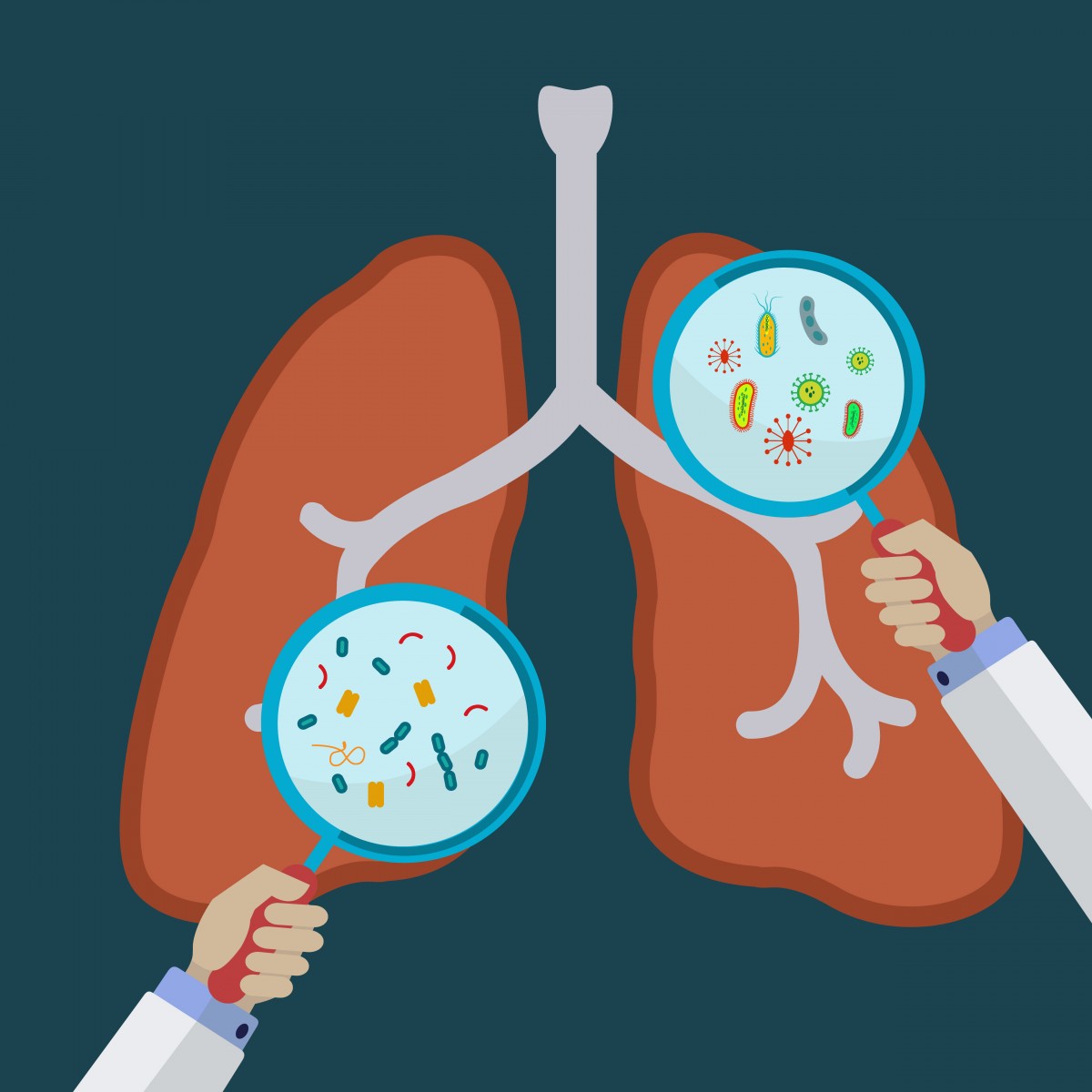Research Links Reverse Intravascular Hemolysis, Rapid Health Decline in Young Adult SCD
Written by |

A recently published study in the Journal of Clinical Investigation identified an association between worsening intravascular hemolysis (rupture or destruction of red blood cells) and the rapid clinical deterioration seen during adult transition in Sickle cell disease (SCD).
The study, “Nonhematopoietic Nrf2 dominantly impedes adult progression of sickle cell anemia in mice,” utilized a mouse model of SCD to assess the link between intravascular hemolysis, vascular inflammation, lung injury, and early death in patients with the disease.
The study was conducted by a multi-institutional team of researchers led by Solomon F. Ofori-Acquah, Ph.D., a hematology and molecular genetics scientific investigator at the Heart, Lung and Blood Vascular Medicine Institute in the Department of Medicine at the University of Pittsburgh. Ofori-Acquah specializes in acute and chronic pulmonary complications of SCD.
In the study Dr. Acquah and colleagues sought to determine the role of intravascular hemolysis in rapid disease deterioration seen in young adults with SCD through a 10-month observational experiment on two different groups of mice:
- Animals of both sexes expressing SCD
- Animals of both sexes expressing normal adult human hemoglobin (Hb)
In both groups of mice the targeted molecular component under study was the Nuclear factor erythroid-2–related factor 2 (Nrf2), which according to the research report, “impairment of erythroid Nrf2 activity in SCD increases oxidative stress and reactive oxygen species in erythrocytes (red blood cells). Relatively lower erythroid Nrf2 expression is found in SCD patients with the most severe anemia. Indicating that SCD is associated with defects in erythroid Nrf2–related activities, which promote intravascular hemolysis. Nrf2 expression in nonerythroid tissues may therefore play a dominant role in limiting progression of SCD.”
Analysis of the Nrf2 components in both groups of mice showed that mice with intact Nrf2 activation had limited intravascular hemolysis, reversed vascular inflammation, and attenuated lung edema in adulthood. Also, enhance activation of Nrf2 in certain cells showed a dramatic impact on vascular inflammation in the mice.
The results provide evidence that targeting Nrf2 as a preventative measure could successfully reverse worsening intravascular hemolysis and the rapid clinical deterioration in young adults with SCD.
Because results were based on experimental work with animals, confirmatory trials in human subjects will need to be conducted before treatment recommendations can be made.





